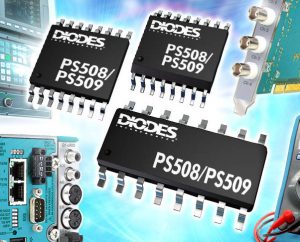emiller233
Senior Member
- Location
- pittsburgh, pa
- Occupation
- Controls-Automation engineer
we have a project that has existing proportional valves and joysticks that they're using. The customer wants to eliminate the controller/driver module and just use a proportional valve with Onboard Electronics.
so my question is how do i create this signal/voltage from just a 24VDC power source?
here is their existing joystick setup they're using for the -10...10V signal. I don't know the ohms of the joysticks yet

data sheet for prop valve:

so my question is how do i create this signal/voltage from just a 24VDC power source?
here is their existing joystick setup they're using for the -10...10V signal. I don't know the ohms of the joysticks yet

data sheet for prop valve:

Last edited:

